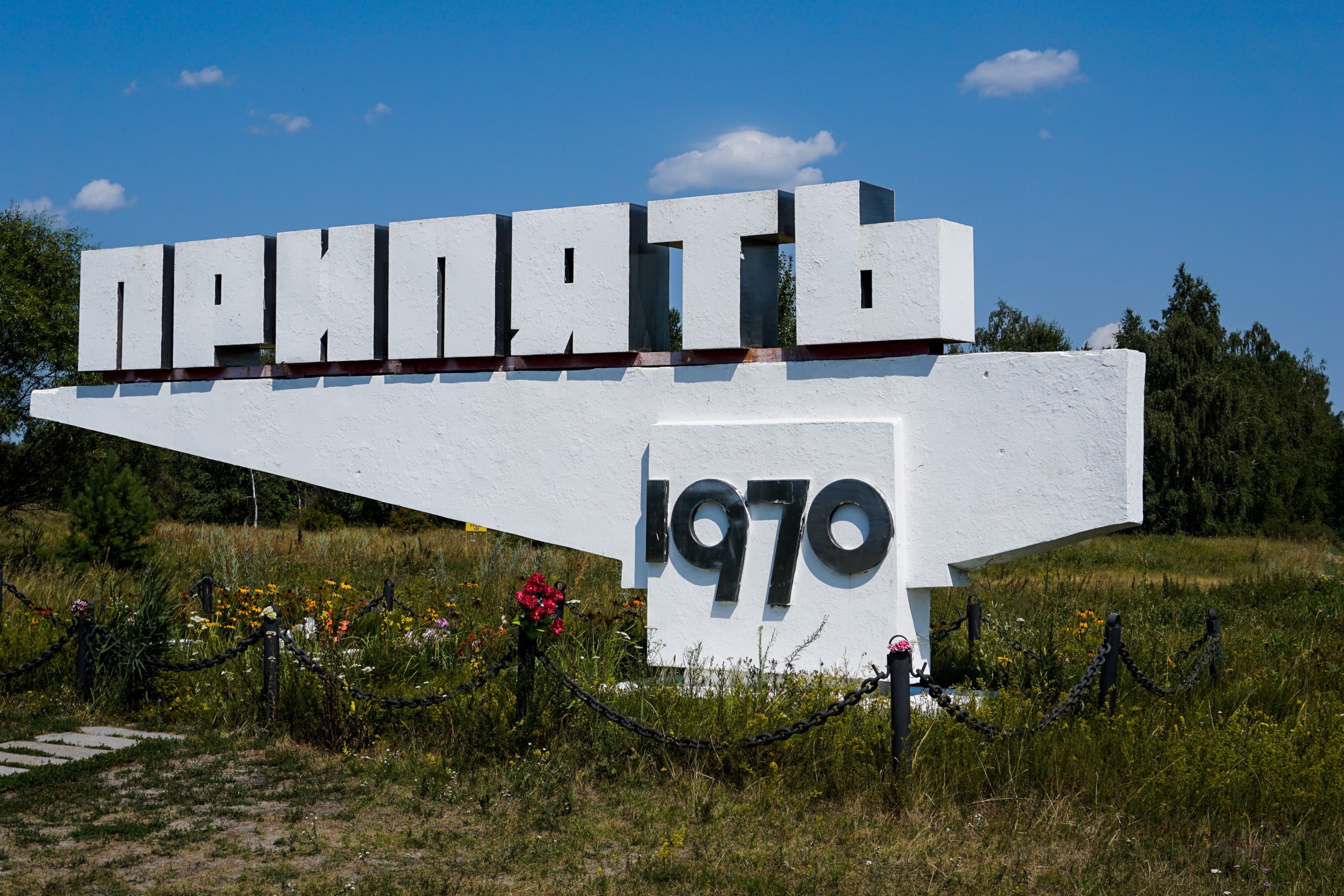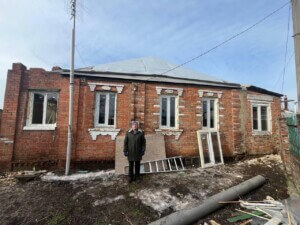A steady deluge of tourists visiting the forsaken city of Pripyat and the surrounding Chernobyl exclusion zone—formally the Chernobyl Nuclear Power Plant Zone of Alienation—has prompted the Ukrainian government to seek UNESCO World Heritage Site status for sections of the roughly 1,000-square-mile swath of land that, on April 26, 1986, was the site of the largest nuclear disaster in history.
Disaster tourism has long existed in and around Pripyat, a once-thriving company town located near the Chernobyl power plant that boasted a population of just under 50,000 people before it was swiftly abandoned en masse the day immediately following the disaster. However, visitor numbers are reported to have shot up dramatically across the region following the release of 2019’s Chernobyl. The acclaimed, five-part miniseries painstakingly documented the events leading up to the steam explosion at Chernobyl’s fourth nuclear reactor, the meltdown itself and rescue efforts, the evacuation of Pripyat, and the catastrophic aftermath of the disaster. (One would imagine that the Chernobyl Diaries, a 2012 found-footage horror film from the creators of Paranormal Activity also had a hand in the uptick of tourism among a certain crowd over the last decade.)
In 2019, the New York Times published a travel trend piece on Chernobyl’s unlikely—and exponentially growing—reputation as a tourist magnet in the wake of the run of the miniseries on HBO and Sky Atlantic in the United Kingdom. “The number of visitors increases every day, every week, by 30, 40, now almost 50 percent,” Victor Korol, the head of exclusion zone tour company SoloEast, told the Times. “People watch TV, and they want to go there and see the place, how it looks.” Earlier this year, the New York Times Magazine also ran an extensive piece on Chernobyl tourism, this one a first-person account by Mark O’ Connell on his own two-day excursion—“a kind of perverse pilgrimage … to see what the end of the world looked like” in his words—to the exclusion zone..
As reported by Agence France-Presse, government officials believe that inclusion on the World Heritage list would not only further bolster tourism in northern Ukraine (Chernobyl is a roughly two-hour drive north of Kiev) but also help to preserve and protect infrastructure around the nuclear facility as well as various buildings in Pripyat and other ghost towns located within the vast exclusion zone near the Ukraine-Belarus border.

Per AFP, Ukrainian Culture Minister Oleksandr Tkachenko has claimed that substantial annual visitor numbers—124,000 in 2019 with 100,000 of them being foreign tourists—serve as proof that Chernobyl is a historic site of deep significance “not only to Ukrainians, but of all mankind.” He explained that World Heritage status would cement the exclusion zone’s reputation as a “place of memory.”
“The area may and should be open to visitors, but it should be more than just an adventure destination for explorers,” Tkachenko explained to AFP. (Although wildlife has returned in droves, the presence of plutonium has rendered the area uninhabitable to humans for at least 24,000 years.)
And Tkachenko does have a point. Those who visit are often social media-savvy thrill-seekers attracted to the eerie atmospherics of the site. Many, however, neglect to remember that Chernobyl was the site of an unprecedented tragedy that led to mass displacement and death. (And, as detailed in Chernobyl, a horrific cover-up at the hands of Soviet officials.) World Heritage status could lend to the site a more pronounced sense of solemn respectability while discouraging bad behavior although UNESCO-granted designation hasn’t necessarily stopped visitors from making questionable choices in other sacred and culturally sensitive areas.
The push from the Ukrainian government to designate Chernobyl as a World Heritage Site has actually been on the back-burner for several years now. Following the completion of a protective dome over the fourth reactor in 2016, the government’s attention turned to securing the legacy of the site and boosting visitors to what Tkachenko hopes will top 1 million annually. “The time has come to do this,” he said.
As reported by AFP, officials are now at work readying certain elements of the exclusion zone to propose to the United Nations for designation. A final decision from UNESCO would likely arrive by 2023 at the latest.











